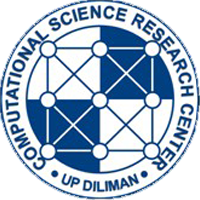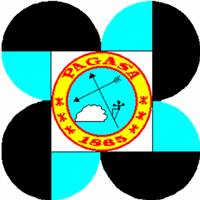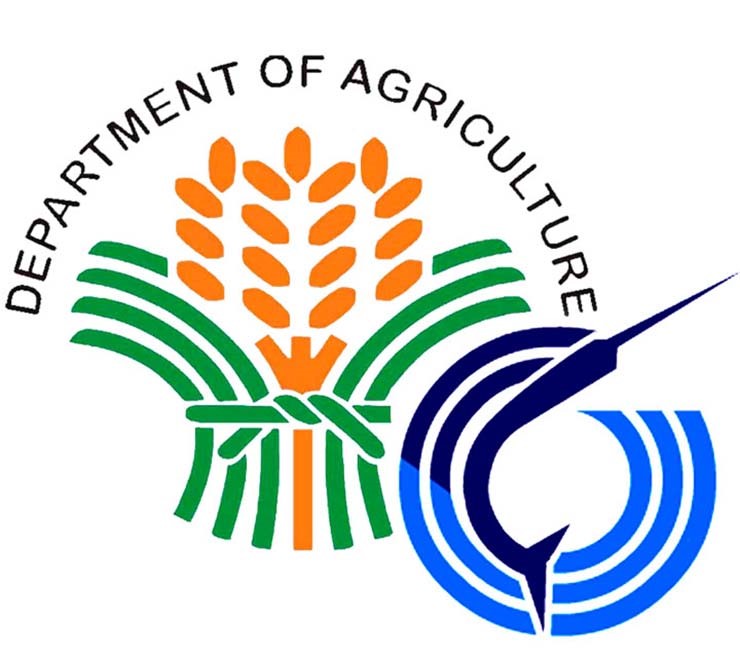HydroEcology Laboratory



























Goal
The Philippines is well-endowed with water resources, nevertheless most of these are in an impaired state. The HydroEcology laboratory envisions to uplift the current state of rivers, streams, lakes, and other receiving water bodies that sustain ecosystems and provide goods and services to the Filipino people.
Research Interest

Hydro-Ecology
Freshwater systems such as streams, rivers, and lakes are an abundant source and sink of various flora and fauna that even a drop from these sources are teeming with life.

Hydro-Meteorology
Agricultural drought is a hydro-meteorological natural hazard that is the result of the lack of moisture in the soil. This phenomenon is one of the subjects of studies in hydro-meteorology.
Modeling Dynamics of Ecological System

Systems Analysis and Systems Dynamics Modeling of Environmental Systems

Water Quality Studies
Saltwater intrusion is a common freshwater quality problem in island systems. In one of the studies, the Island of Guimaras in the Philippines faced degradation of freshwater aquifers due to saltwater intrusion
Mie Sein, Z. M., A. R. M. Towfiqul Islam, K.W. Maw , T.B. Moya. 2015. Characterization of Southwest Monsoon onset over Myanmar. Meteorology and Atmospheric Physics, October 2015, Volume 127, Issue 5, pp 587-603. First Online: 17 June 2015. DOI: 10.1007/s00703-015-0386-0.
ABSTRACT
The aim of this paper was to characterize the southwest monsoon onset over Myanmar based on the model. The Regional Climate Model (RegCM3) was run for a period of 10 years (2000–2009) to simulate the meteorological fields which focused on April to July season. The model input data were obtained from the reanalyzed datasets of the National Center for Environmental Prediction (NCEP) and National Centre for Atmospheric Research (NCAR). Grell scheme with Arakawa closure for cumulus parameterization assumption was used for simulation with 45 km horizontal resolution. The results revealed that southwest monsoon onset was confirmed when the prevailing wind direction up to 600 hPa level had shifted from northeasterly to westerly or southwesterly. The southwest monsoon first arrived at southernmost Kawthoung station of Myanmar and progressed through the Deltaic and Central parts until it reached at northernmost Putao station. Over the simulation periods, the southwest monsoon onset progressed from the southernmost to northernmost parts of the country in 19 ± 10 days. The position of Intertropical Convergence Zone (ITCZ) appeared (23°N–28°N) over the Northern part of the country before the onset. Furthermore, 500 hPa ridge appeared consistently over the Deltaic area of Myanmar from 6 to 10 days before the monsoon onset. Its position is about 6° to the south of the ITCZ.
Link: https://link.springer.com/article/10.1007/s00703-015-0386-0
Francisco, R., R. Nacario, L. Dalida, and T Moya, 2014. Warming trends in the Legazpi City, Philippines, IAMURE Int’l J. of Ecology and Conservation Vol. 12, No 1. 40-53.
ABSTRACT
Concern about global warming led to this study of determining the extent of changing climate in Legazpi City, Philippines. Daily surface minimum and maximum temperatures from 1951 to 2010 were used to interpret the temperature change. The temperatures were annually averaged and subjected to regression analyses. The results showed there was a significant increase of minimum temperature at the rate of 0.26oC per decade. When the whole period was divided into 30-year periods spaced ten years apart, the corresponding distribution curves showed higher range of variability compared to earlier periods suggesting more extreme temperatures. Among the months, May had the warmest nights and the highest rate of warming of 0.42oC/decade. On the other hand, December had the coolest nights and lowest rate of warming of 0.24oC/decade. With regards to maximum temperature, there was no significant change since 1951.
STUDENTS GRADUATED
- Carolyn Barrias: Aboveground biomass estimation and carbon stock assessment of mahogany (Swietenia macrophylla King) and Yemane (Gmelia arborea Roxb.) in Angat watershed.
- Joseph Basconcillo: Estimation of evapotranspiration using atmospherically resistant vegetation index in Cagayan Rivers Basin
- Zin Mie Mie Sein: Characterizing the onset of southwest monsoon over Myanmar using RegCM3
- Cynthia Adeline A. Layusa: Distributional predictions and the implication of habitat loss to the conservation of the Calayan Rail Gallirallus calayenensis.
- Hazel Ty Consunji: Mortality and recovery in a typhoon-prone old growth dipterocarp forest in Palanan, Isabela, Philippines
- K.D. Sujeewa: Empirical analysis of temperature change in Sri Lanka in the last 140 years (1870-2010)
- Lea L. Dasallas: An analysis of the 2012 southwest monsoon surge in the Philippines
- Robert B. Badrina: Simulated impact of land cover change on the Philippine seasonal climate
- Brian Hernandez: Assessment of saltwater intrusion into the coasts of Guimaras Island, Philippines using physical measurements and GALDIT method
- Marion Tinio: Characterizing urban solid waste management through system dynamics modelling and simulation
MS CANDIDATES
- Abel D. Lagon: Development of a decision support tool for flood risk reduction and mitigation in Quezon City, Philippines
- Judd Tablazon: Rainfall patterns associated with the passage of selected tropical cyclones over the Philippine area of responsibility
PHD CANDIDATES
- Sonia N. Javier: System dynamics modeling approach to analysis and assessment of the freshwater ecosystems.
- Katrina Lynn De Guzman: Assessment of cumulative impacts on river systems: a review of international practices of cumulative effects assessments as they apply to the Philippine EIS system









